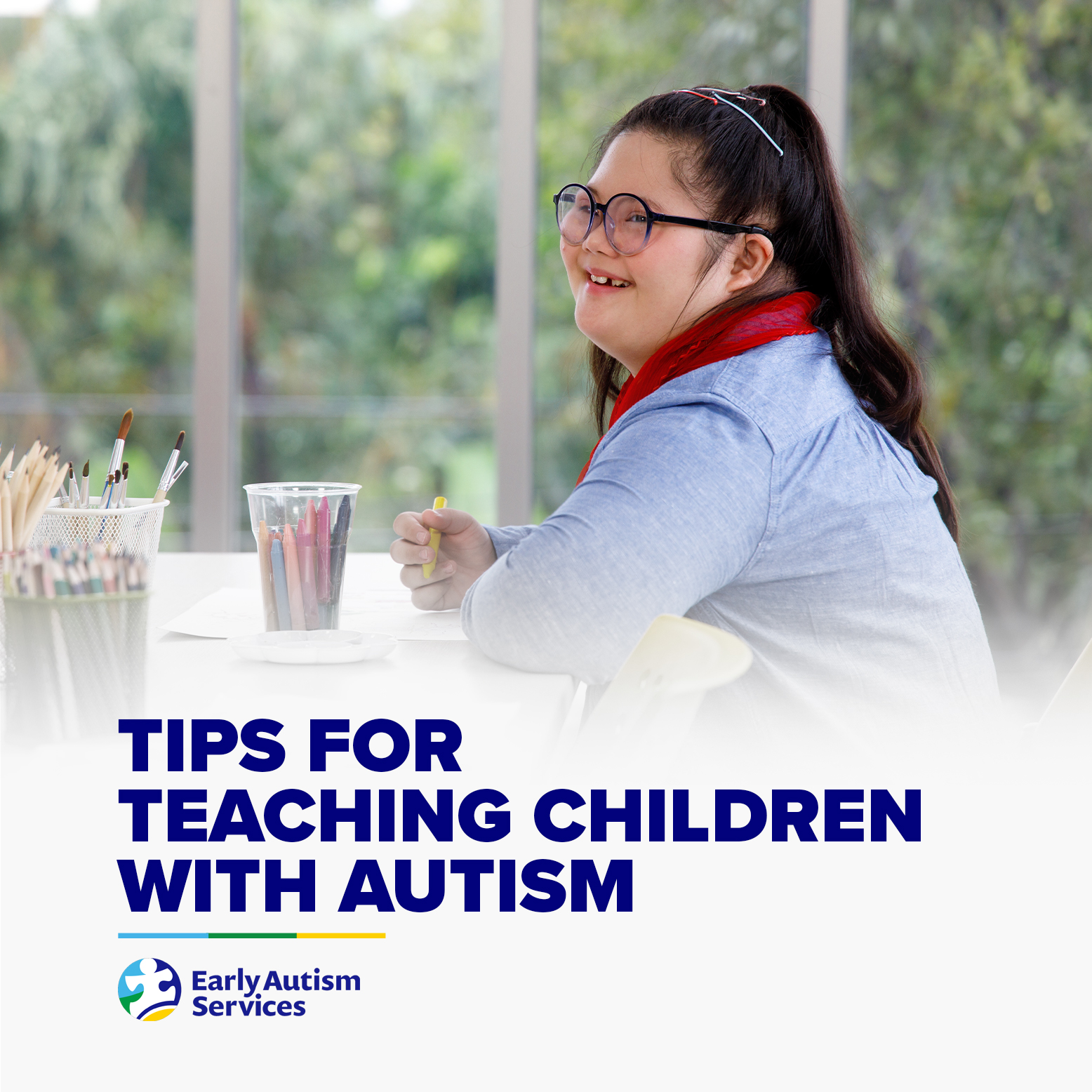
Difference Between Reinforcement and Punishment
The first difference between these two terms commonly seen in applied behavior analysis (ABA) therapy is that reinforcement increases behavior while punishment decreases behavior.
Some common examples of reinforcement included getting a cookie for good behavior, winning a prize in a race, or getting bubbles after doing chores. In contrast, some examples of punishment include sitting in time out for calling out, getting your phone taken for bad grades, or being reprimanded for bad behavior.
Reinforcement vs. Punishment
As a parent, you may consider whether you should use reinforcement or punishment with your child. Using reinforcement or punishment depends on the individual’s preferences and what motivates them more. It can be helpful to put yourself in the child’s shoes and consider how they might perceive these preferences. For example, as adults, do we find that we are more motivated by bonuses for our hard work or by not getting reprimanded? In this instance, it depends on the person!
Assessing a person’s motivation in instances like these is extremely helpful because it can determine whether reinforcement or punishment would be the most beneficial. You can try either method to see which generates the best response, but ultimately choose whichever one works best for that child.
If you start with reinforcement, it is also beneficial to ensure that the child receives the proper support for their behavior goals. For example, if as an adult, if you were to work 8 hours with a high-five as your reward, this likely isn’t a great enough reinforcer for you to continue to work 8 hours again.
When implementing reinforcement with children, this is very similar to rewarding them for their good behavior. If the reward is motivating enough, the child will be more likely to continue the behavior of interest again.
What to Do When Punishment Does Not Work
Although you can use punishment in ABA, positive reinforcement is the more effective strategy to help increase behaviors. When we use ABA, we want to reinforce behaviors while teaching replacement behaviors for unwanted actions. Teaching replacement behaviors is not a strategy in punishment procedures, which is why certain punishment strategies don’t work!
If the punishment procedure does not work, it would be best to stop since it is most likely not benefitting the person if there is no progress. Instead of using punishment for exhibiting unwanted behaviors, use rewards and praise for performing the correct behaviors. Another alternative if punishment does not work is helping the person de-escalate from the unwanted behavior, including coping techniques such as deep breaths and counting. After this, remind the person, prompt, or coach them through the correct behavior.
Is Punishment as Bad as It Sounds?
Although some punishment procedures may appear to be working, such as time-out, scolding or reprimands, they may be harmful to the individual. Sometimes punishment procedures can exclude a person or cause the person to become indifferent towards the person implementing the punishment. Using punishment may decrease the unwanted behavior, but it does not give the person an opportunity to learn new skills or replacement behaviors to use as future tools.
Before considering punishment, it is best to try all other evidence-based strategies such as reinforcement and appropriate replacement behaviors, as punishment can be harmful if implemented incorrectly. Some helpful considerations are to pair positive reinforcement with punishment, use only techniques you know will work, including the person’s considerations if applicable, do not exclude, and always monitor to see if what you are using is working.
Key Tips to Follow When Using Punishment or Reinforcement
After determining a goal behavior for your child, you may decide to try out using punishment or reinforcement to see which one creates a better response. No matter which strategy you use, it’s important to be consistent to help the child maintain or decrease a behavior. Some tips for using these strategies effectively include:
- If punishment procedures don’t work, try reinforcement!
- With reinforcement, remember to provide a reward and lots of praise for the behavior of interest.
- Helping the individual with coping strategies to redirect from the unwanted behavior can be useful.
- Remind the person of what the behavior should have looked like after the unwanted behavior to help the person correct themselves in the future.
Schedule a Free Consultation at Early Autism Services Today!
At Early Autism Services, we’ve been helping children reach their potential with our applied behavior analysis therapy program for over a decade. One of the many benefits of our services is that we provide various therapy options to best suit your child’s needs. Some therapy options include in-home, center-based, and telehealth therapy. Since our founding, we’ve expanded to open multiple offices across the United States and several locations in Australia and India.
Our knowledgeable team is ready to answer any questions about our programs, costs and insurance. After speaking with our team, if you would like to use our services, the next step will be a free consultation. You and your child will meet with one of our experienced clinicians to discuss your family’s needs and learn more about our programs. Afterward, we will meet again to create a personalized therapy plan to help develop their current skills while learning new ones.
If you’d like to take advantage of our wide range of therapy services, schedule a free consultation today!






Recent Comments